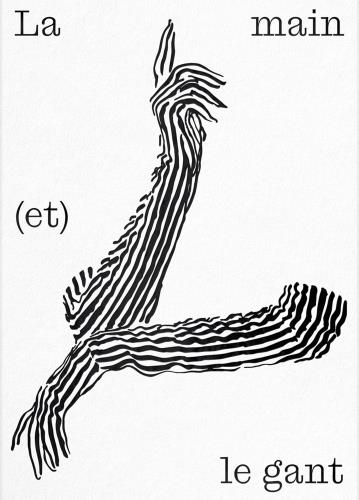
La main (et) le gant
Kokoschka à portée de main
| Autor | |
| Quelle | Sonstige Datenquellen |
| ISBN | 978-3-85881-893-5 |
| Lieferbarkeit | lieferbar |
| Katalogisat | Basiskatalogisat |
| Verlag | Scheidegger & Spiess |
| Erscheinungsdatum | 16.05.2024 |
Beschreibung (Kurztext)
Die vielfältige Symbolik von Hand und Handschuh im Spiegel der Kunst seit dem 17. Jahrhundert
The multifaceted symbolism of hand and glove in the mirror of art since the 17th century
Beschreibung (Langtext)
Die menschliche Hand, flexibel, beweglich und sensibel, ist ein faszinierender und einzigartiger Teil der Natur. Ihre Form und ihre praktische wie auch soziale Funktion haben im Laufe der Geschichte unzählige Künstler inspiriert. Dieses Buch untersucht Darstellungen der menschlichen Hand und des Handschuhs als bevorzugtes Accessoire in der Kunst vom 17. Jahrhundert bis heute. Reich bebildert, bietet es ein Panorama von Epochen und Medien wie Zeichnung, Druckgrafik, Malerei, Video und Skulptur, das die kreative und metaphorische Kraft der menschlichen Hand als Motiv in der Kunst demonstriert.
Die Essays erkunden die reiche und vielfältige Symbolik rund um Hände und Handschuhe und werfen ein neues Licht auf das Werk des österreichischen expressionistischen Malers Oskar Kokoschka (1886-1980). Für Kokoschka war das Thema der menschlichen Hände von besonderer Bedeutung. Während seines gesamten Schaffens stehen sie oft im Vordergrund seiner Werke, überdimensional, in dynamischer, aktiver Haltung und als Ausdrucksmittel. Sie verkörpern Kokoschkas Aufmerksamkeit für die menschliche Figur, die unbestreitbar das Rückgrat seines Denkens und seiner Kunst ist.
The human hand, flexible, mobile, and sensitive, is a fascinating and unique part of nature. Its shape and its practical as well as social function have inspired countless artists throughout history. This book explores representations of the human hand, and the glove as its accessory of choice, in art from the 17th century until today. Richly illustrated, it offers a panorama of periods and media such as drawing, printmaking, painting, video, and sculpture that demonstrates the creative and metaphorical power of the human hand as a motif in art.
The essays explore the rich and varied symbolism surrounding hands and gloves and, in particular, throw new light on the work of Austrian expressionist painter Oskar Kokoschka (1886–1980). For Kokoschka, the topic of human hands was of remarkable importance. Throughout his career, they often appear in the foreground of his works, oversized, in dynamic, active postures, and as instruments of expression. They embody Kokoschka’s attention to the human figure, the indisputable backbone of his thought and art.




